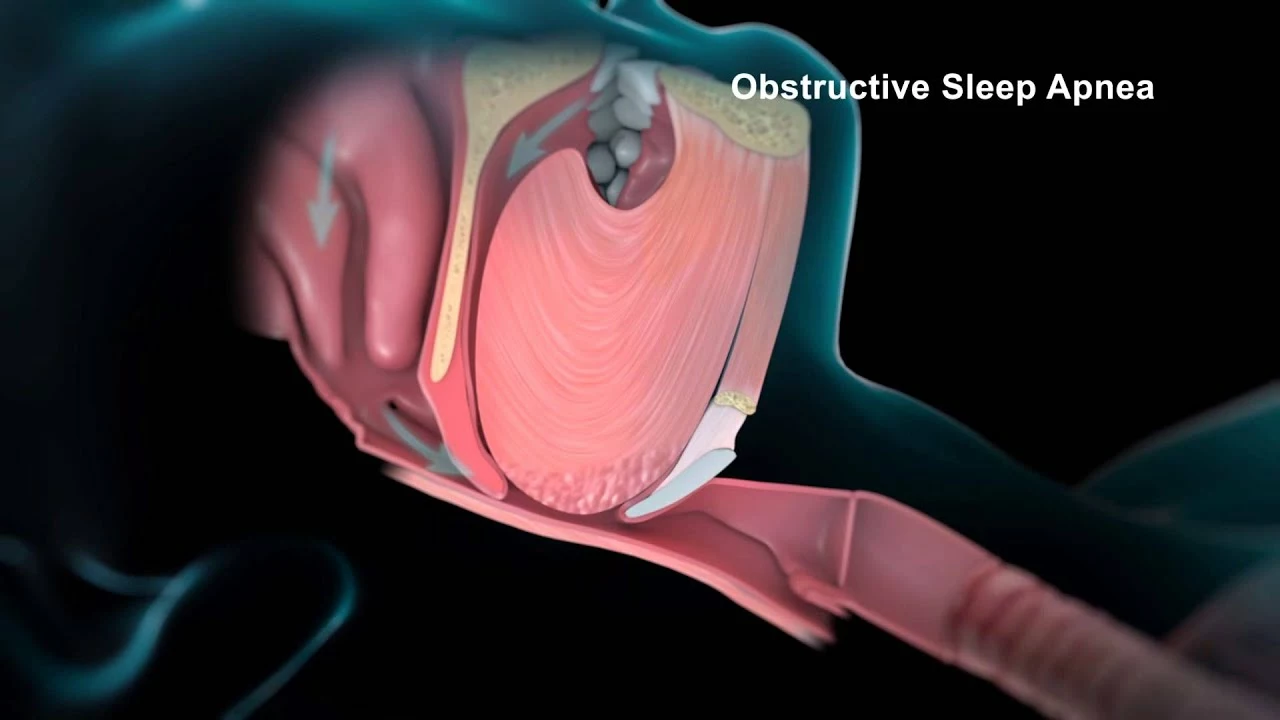Stents: What They Are, How They Work, and What to Expect
Getting a stent is a common step to open a blocked blood vessel. It feels worrying, but knowing the basics cuts the fear. This page explains the types of stents, short-term risks, what you must do after the procedure, and when to call for help.
Types of stents and why one might be chosen
There are three main kinds: bare-metal stents (BMS), drug-eluting stents (DES), and bioresorbable scaffolds. BMS are simple metal tubes that hold the artery open. DES slowly release medicine that lowers the chance the artery narrows again. Bioresorbable options break down over time, but they’re used less often and reserved for specific cases. Your cardiologist picks the type based on the blockage, your bleeding risk, and other health issues.
Stents aren’t only for the heart. Doctors use them in leg arteries (peripheral stents), in kidneys, and even in some tubes like the bile duct. The goals stay the same: keep blood or fluid flowing and prevent a dangerous blockage.
Recovery, meds, and everyday care
Most people go home within a day. Expect a sore spot where the catheter entered—usually the groin or wrist. Keep the area clean and dry for 24 hours, avoid heavy lifting for a few days, and follow the wound-care steps your team gives you.
Medication matters. After a stent you’ll often take two antiplatelet drugs—usually aspirin plus a second drug like clopidogrel or ticagrelor—for a prescribed time. For drug-eluting stents this can be several months. Don’t stop these meds on your own. Stopping early raises the risk of stent thrombosis, a serious and sudden blockage.
Control the basics: stop smoking, follow a heart-healthy diet, stay active within limits, and work with your doctor on blood pressure, cholesterol, and diabetes. These things protect the stent and lower the chance you’ll need another procedure.
Follow-up matters. You’ll have clinic visits and maybe a stress test or imaging later. Bring a list of medicines to every visit and ask how long you’ll be on antiplatelet therapy, what symptoms to watch for, and when you can return to exercise or work.
Watch closely for trouble signs: sudden chest pain, shortness of breath, fainting, heavy bleeding at the entry site, fever, or rapidly growing swelling and redness. If any of these happen, get emergency help right away. For minor questions—like when to resume a hobby or dental work—call your cardiology team.
Ask these simple questions before you leave the hospital: Which stent did you place? How long must I take antiplatelet drugs? Who is my follow-up doctor? What activities should I avoid and for how long? Clear answers make recovery smoother.
Stents save lives and improve symptoms for many people. Stick to your meds, keep follow-up appointments, and make lifestyle changes. Those steps make the stent work long term and help you get back to normal life faster.

